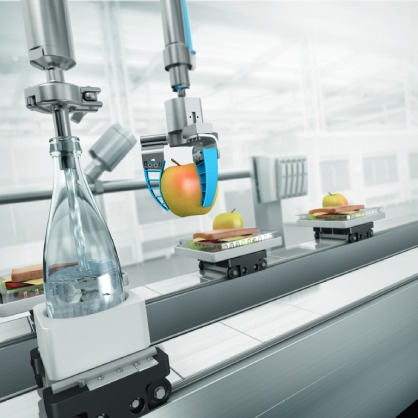Catch of the Day: Canadarm2 Captures New Cargo Spacecraft
November 6, 2025
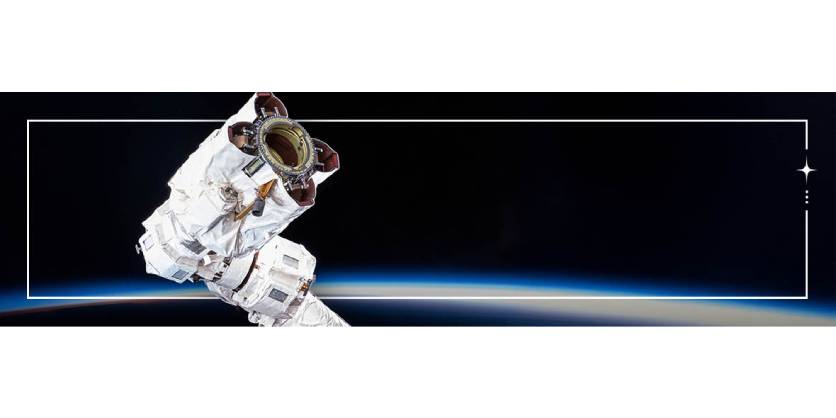
October 29, 2025, was not just another day in the office for Canadian Space Agency (CSA) flight controller Danielle Cormier. On this day, Danielle achieved a goal, the preparation for which had spanned years and continents. From the Robotics Mission Control Centre in Longueuil, Quebec, she led an international team to catch a new cargo spacecraft, the HTV-X1, and berth it to the International Space Station (ISS).
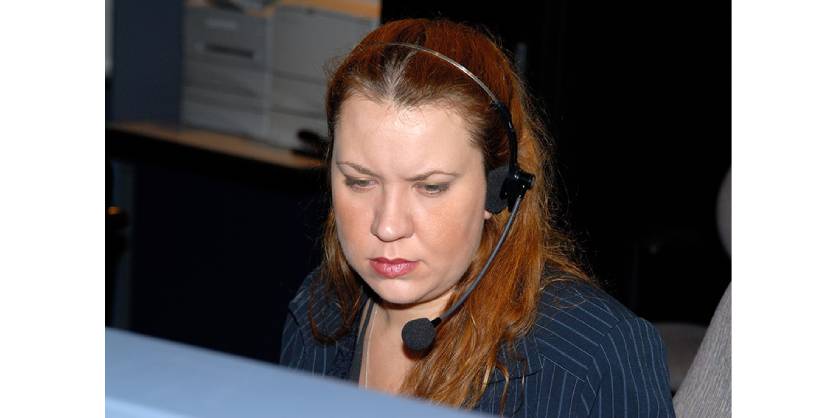
Practice makes perfect
Even though the ISS just celebrated 25 years of continuous human presence, it still experiences some firsts. The arrival of a new vehicle at the orbiting laboratory takes time and preparation. Will the spacecraft have the right docking mechanism? Will Canadarm2 be able to catch the craft safely — a manoeuvre requiring so much precision that some have compared it to threading a needle in the wind? These questions are answered and tested on the ground years before the vehicle ever launches to space. Over the last few years, Danielle performed 15 simulations to ensure that everything would work as planned and nothing would be left to chance.
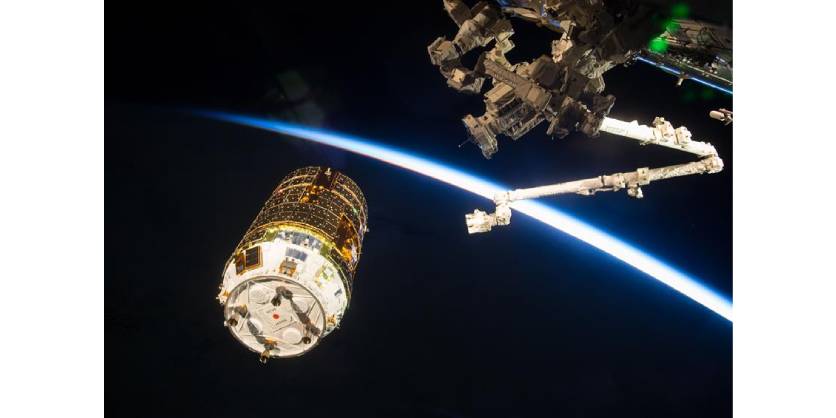
Teamwork makes the dream work
The capture of a vehicle, called a cosmic catch, is not something that Canadarm2 was ever built for. But over the years, the adaptability and ingenuity of Canadian robotics experts have added this critical task to the arm’s toolbox. HTV-X1 is the newest generation of Japanese cargo vehicles to reach the ISS, bringing with it supplies and science experiments. JAXA astronaut Kimiya Yui was at the controls of Canadarm2 on the ISS, working together with Danielle and the rest of the ground team, to safely berth the spacecraft to the ISS.
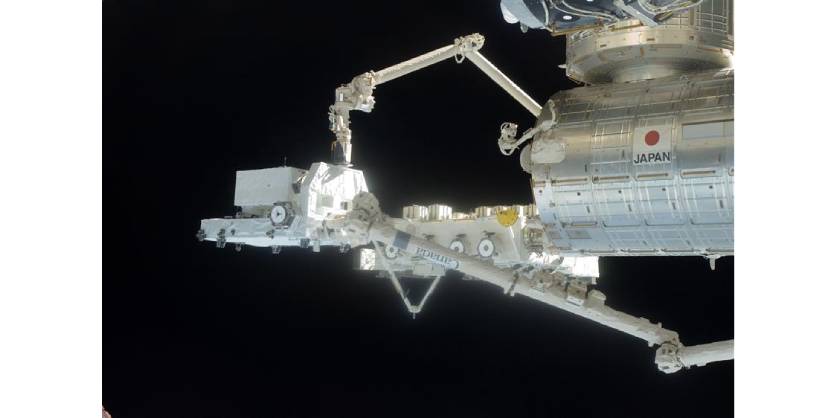
Next steps
Canadarm2 using Dextre, Canada’s dexterous robot, will work with another iconic robotic arm, JAXA’s remote manipulator, to complete a complicated manoeuvre. Dextre will remove cargo for an experiment that is bolted to the side of the vehicle. It will then hand off the cargo to Japan’s small fine arm, which is attached to JAXA’s remote manipulator. These space robots, operated thousands of kilometres away from each other, performing in tandem, might seem like science fiction, but the international teams from the CSA and JAXA will make this achievement reality.
When it comes time for the cargo vehicle to depart, Danielle and her team will use their skills to undock it and send it on its way — but not before one last operation is performed. Early next year, Canadarm2 will help calibrate the sensors on HTV-X1 so that future craft will be able to dock autonomously to Gateway, a new space station that will be built to orbit the Moon. This calibration of sensors represents a significant step in the HTV-X program, one that could not have been possible without the dedication and collaboration of engineers and operators across the globe.
More Information
Related Story
The Canadian Space Agency Begins Design of Canadarm3
Leveraging a 40-year legacy of leadership in space robotics, the Government of Canada continues work on Canadarm3, the Canadian-made robotics system destined for the Lunar Gateway.
Brampton-based company MacDonald, Dettwiler and Associates Ltd. (MDA) will receive $268.9 million to begin the preliminary design of Canadarm3. The investment also includes funding to procure some of Canadarm3’s components.
MDA will work with companies across the country to drive innovation and research and development in emerging technologies while developing the robotic system. A broad range of Canadian companies will be part of the Canadarm3 supply chain, spurring investments in key industrial capabilities within Canada’s space sector.

